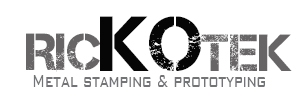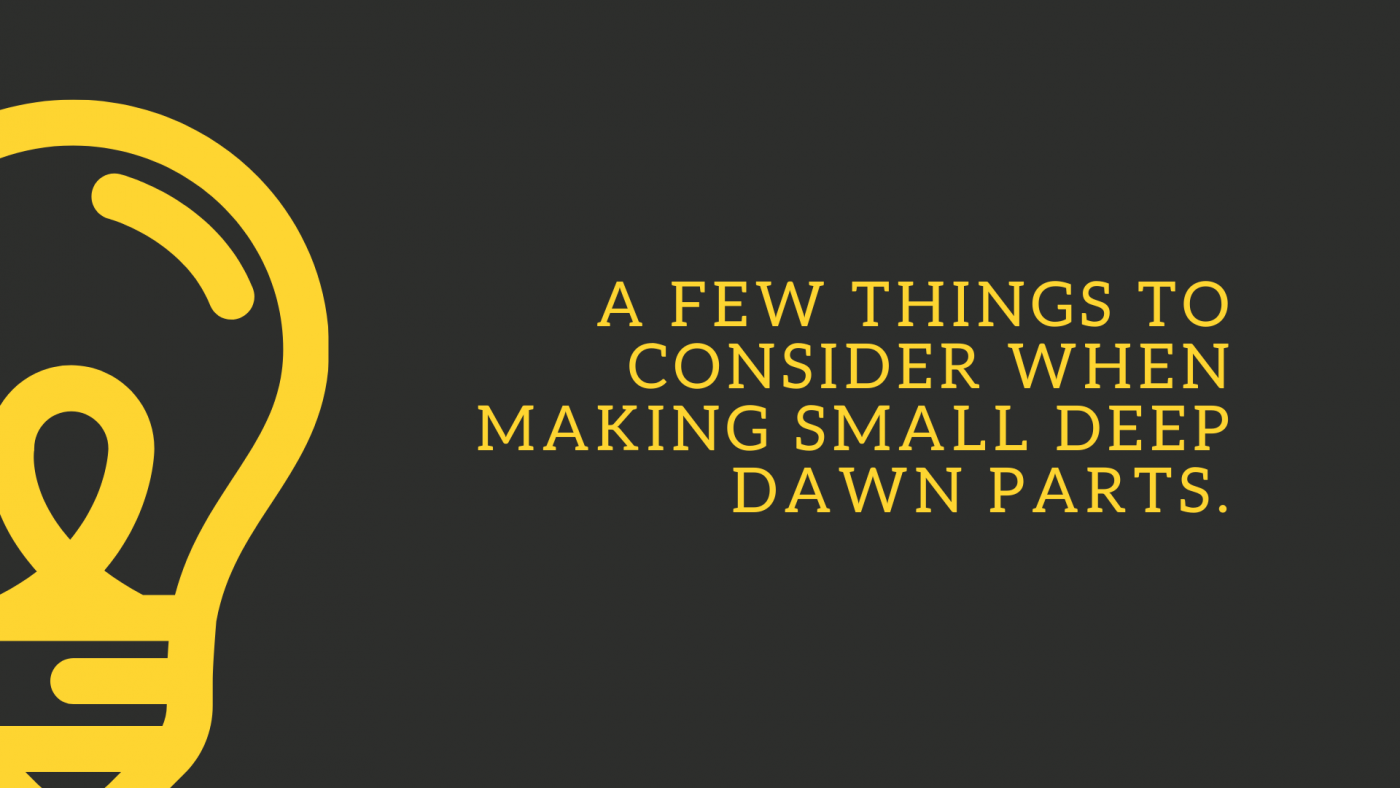The devil is in the details. If you have managed a manufacturing or engineering project, you will appreciate the truth of this statement.
When deciding to change the manufacturing methods and processes, the fine details are easy and most often overlooked.
Consequently, it is the fine details that accumulate to create significant issues down the road.
When changing manufacturing methods for existing products and developing new small deep drawn parts, you need detailed planning, an intricate understanding, and careful consideration of the pros and cons.
Every manufacturing process has pros and cons. For the best outcomes, you should balance the best choice with the design criteria.
When producing small than specific parts using the deep-drawn method, you should carefully consider the details to provide the highest quality parts at the most cost-effective price point.
Understand Your Material
The success of the deep drawn process is dependent on two key features found in the material.
The first of the two factors is the “N” value of the material. The N value represents the ability of the material to stretch.
The second factor is the “R” value, which represents the material’s plastic strain value – the material’s ability to flow.
Careful consideration of these two factors is especially important when producing two small parts. As a customer, ensure your supplier is in a position to discuss these considerations with you.
Understand The Part Design
The part design might seem like an obvious consideration to have in mind, but you also need to understand the deep drawn process concerning the deep drawn process.
As such, you need to understand and carefully consider the wall thickness of the parts, the design’s connectivity, and the final drawn depth. These critical factors will influence the quality of the final part the supplier produces.
Rapid Prototyping
Rapid prototyping is relatively new in the manufacturing realm. Using 3D printing technology, customers and designers can produce prototype fast and cost-effectively. The technology, therefore, allows customers to validate their concepts before the production of any tooling.
Using the deep drawn process for manufacturing small parts is useful in determining tooling feasibility and design in the same light.
It would help if you worked with a qualified and experienced deep drawn supplier who can provide the information need to make the best decision.
As a customer, you should strive to know all the challenges you might encounter, as this knowledge will help you choose the best supplier. In turn, it will help you source the best products.

